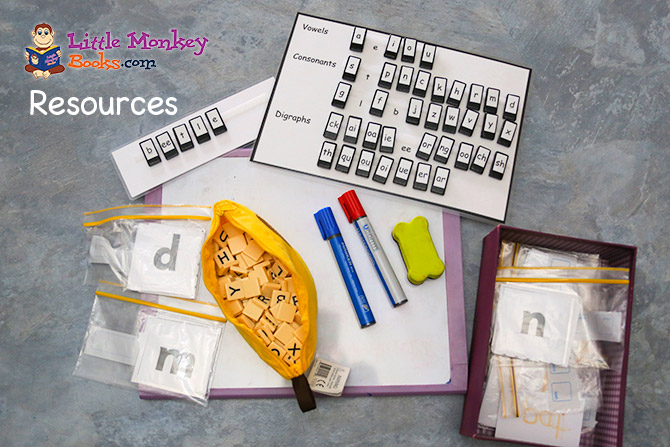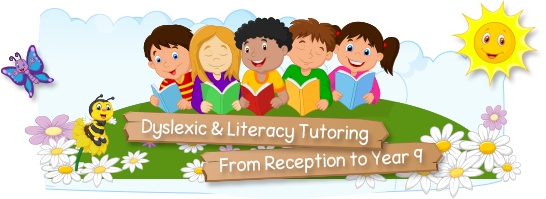Dyslexia Learning Games & Activities

Tips and Ideas
- Use a small Whiteboard with coloured markers or a chalkboard. (You can buy them at Officeworks (Australia). Use the board to practise writing the alphabet, sounds, words or sentences. You can play games such as hangman or word bingo etc
- Use Bananagram letters or tiles. Make up words, or jumble up the letters to make words
- Put the tiles into alphabetical order. Say 4 letters, ask them to repeat it and find the tiles in the correct order. This will help them with remembering multiple information. Remove a letter while their eyes are closed
- Write sounds in different colours
- Find the vowels (a e i o u and sometimes y) and consonants (all the other letters) in the alphabet
- Use a Tile board (Purchased from SPELD SA) to revise sounds and vowels. You can make words using the sounds
- Use coloured paper and pen/textas/markers to write words, sounds etc
- Use plastic alphabet letters or digraph sounds (2 letter sounds eg sh, ea) to make words
- When teaching and reinforcing the alphabet, use movement or different rhythm to help students remember
Games
Use flash cards (Use the template, or cut paper or card into squares. Cards can also be bought precut – SPELD SA)
- Write their words on them, the alphabet or sounds
- Play memory games, snap games
- Turn the cards over and say the sound or words
- Play bingo using sounds and words (Use the template or draw a grid on the whiteboard)
- Place all the cards down and say a word and get them to find it
- Play rhyming games. (Orally or with picture or word cards)
- Play I spy. Find objects they see that start with that letter. For digraphs (2 letters e.g. sh, ou) have pictures of things that have that sound in them
- Charades
- Write words on the whiteboard and they rub out the sounds or words, as you say them.
- What am I? Give clues for an object that starts with a sound.
- Make up sentences using a word. Write each word on a piece of paper and jumble them up. Make up the sentence again. Remove a word and get them to read the sentence and work out the missing word
- Find words with sounds in their reader E.g. sh words or words starting with g
- Clap the syllables in a word or use a drum or musical instrument. This will help with the spelling of a word when it is broken into parts. E.g. to-get-her, Mon-day. Find the word, which has so many syllables
- Put their words in alphabetical order using cards
- Puzzles based on sounds
- Think of as many words that start with a sound or have a sound in it. E.g. words that starts with s or ch. Make it a game with a time limit.
Sensory activities
- Put plastic letters of the alphabet in a bag. Students feel them and guess what they are
- Make the letters or sounds out of play dough
- Paint the letters on paper
- Place sounds in a tray of rice, sugar or salt. Students find them and say what they are and think of a word that has that sound. They can also write them with their finger or use shaving cream
- Students can write a sound on their backs
- Make sounds/letters that have sand, bubble wrap or other materials on them for them to touch and say
- Use sensory materials- e.g. sand, different types of textured paper or card to wite sounds or words on with their fingers
- Practise handwriting sheets using cursive letters with dots. Encourage correct posture and letter formation. Check when practising using sheets from the Internet, as they may write letters differently and each state has their own handwriting style. See handwriting formats in the resource section for each state
- Make flashcards with the sound on the front and a word and picture on the back
- Look in a mirror while saying vowels and consonants
For more tips and ideas on how to support your student contact me.

